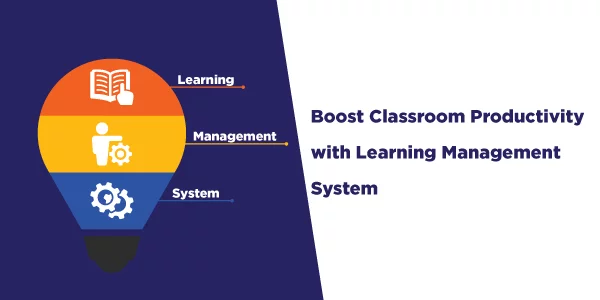![]()
LEAD offers an integrated system revolutionising the learning experience of the students. LEAD’s learning management software incorporates the teacher app that includes detailed lesson plans, e-books, audio-visual resources, and activities. The lessons consist of images, videos, and workbooks.
LEAD’s LMS streamlines various tasks for educators, like conducting assessments, taking attendance, etc. It prepares educators to deploy productive teaching methods to motivate educators to conduct effective classes.
LEAD provides a sync between teachers, parents, and the school to obtain the child’s academic excellence. Moreover, the learning management system offered by LEAD is the ultimate solution to present-day educational challenges. Unlike traditional schooling, the LMS platform offered by LEAD makes students independent and self-reliant.




